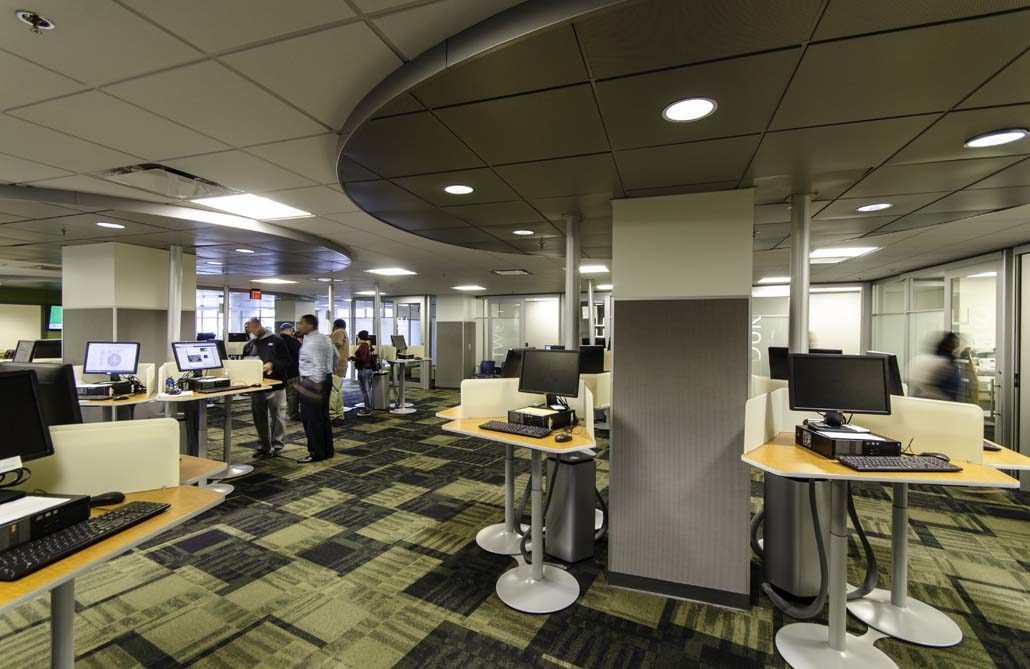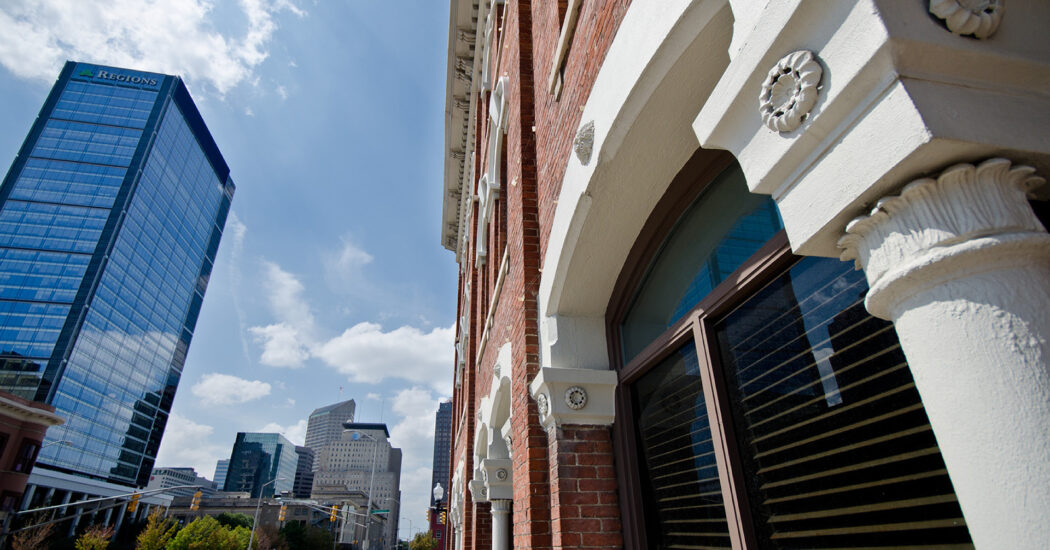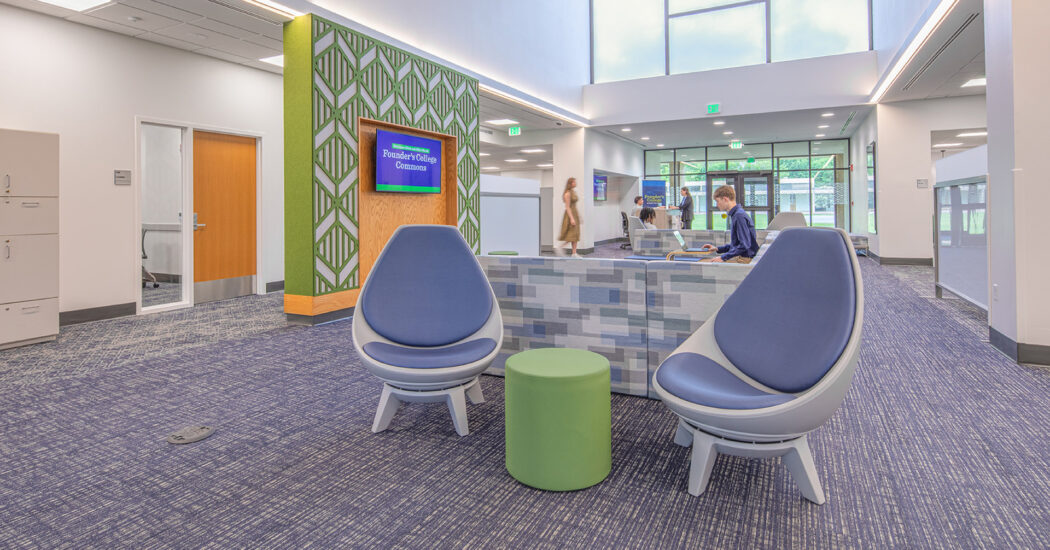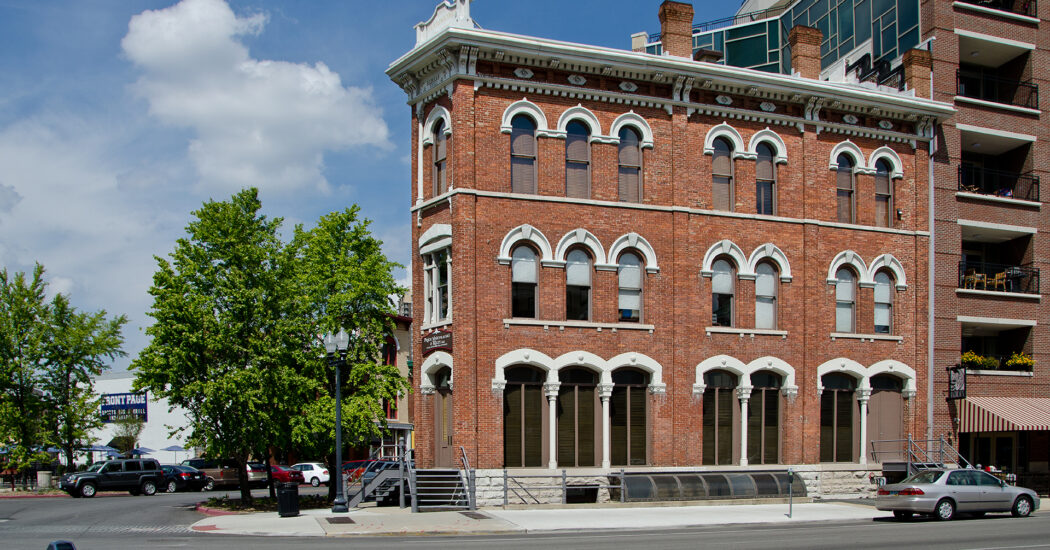Create Efficiency and Enhance Effectiveness with Student Enrollment
-
Category
Studio-Higher Ed, Innovation -
Posted By
Kevin Shelley -
Posted On
Jun 08, 2016
First things first, a “One Stop” is best defined as a central place to meet with an academic advisor, register for class, pay tuition, etc. A model for excellence in integrated student service, a college One Stop ensures customer convenience and enables the best possible customer service for students. Ultimately, One Stops should make the process of enrolling and staying in college as painless as possible. We will take a look at how One Stops have been implemented across Ivy Tech Community College campuses around the state.
It was obvious that Ivy Tech enrollment centers were not operating to their fullest potential for students or college staff, based on multiple metrics including wait time and the number of complaints. Despite substantial growth, the college was having challenges with retention and graduation rates. In order to address these issues, Ivy Tech looked in 25 sites, compiled the students’ complaints, and worked with over 70 regional staff members to identify key pain points. From these, opportunity emerged to create efficiency and enhance effectiveness – all leading directly to student success.
Student Pain Points:
- New students were looking for consistent answers and direction quickly from staff and advisors
- Current students wanted a consistent process when it came to answering their questions, meeting with advisors, or paying tuition
- New and current students expected a high level of customer service when going into the enrollment center
In short, students needed it to be easier to stay enrolled in college rather than to leave.
Staff Pain Points:
- Staff could not keep up with the volume of questions, whether on the phones or in person
- The processes lacked consistency across campuses – students would be told different things from different people located in different buildings on different campuses.
- Staff had no way to measure student satisfaction or frustration
From these pain points, project goals emerged. One Stops must:
- Provide a consistent experience for all students
- Enable access to information at a faster pace and during more hours of the day
- Engage students who expressed interest in Ivy Tech and support them throughout the enrollment process
- Address retention through proactive, not reactive, measures
- Reallocate staff resources to focus on unique student needs and more strategic tasks
New goals required a new space – from a physical and operational standpoint, the key modifications were:
Physical:
- Clear wayfinding for students. From the time they first step on campus, students need to know where they can get help with admissions, finance, class enrollment, etc.
- New welcoming entrance with a reception desk to greet students and help them get started
- Reorganized space to create self-serve kiosk areas with close connection to student service professionals
Operational:
- Created student service professional role. Person is crossed-trained to have tier 1 knowledge of all issues
- Created centralized call-in system for the entire state
- Reevaluated staffing assignments to make sure the front-of-house people are customer service oriented
Data shows students have been able to save time and accomplish their tasks more easily after implementing One Stop models. The standing computer stations help send the message that students can come in and out quickly, there isn’t even a need to sit. Research shows this model improves efficiency with shorter wait times and lower abandonment rates. Overall, students report a strong satisfaction with the new and improved processes made possible by the One Stop Model.
Examples of One Stop Campuses:

Indianapolis Campus







